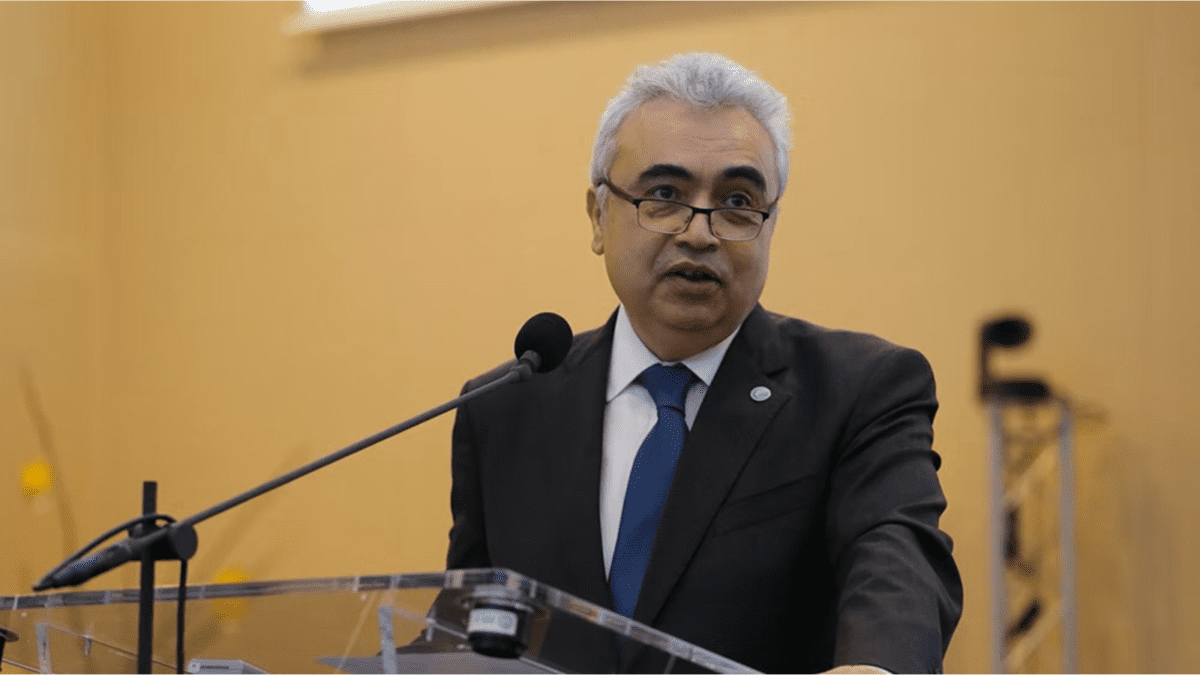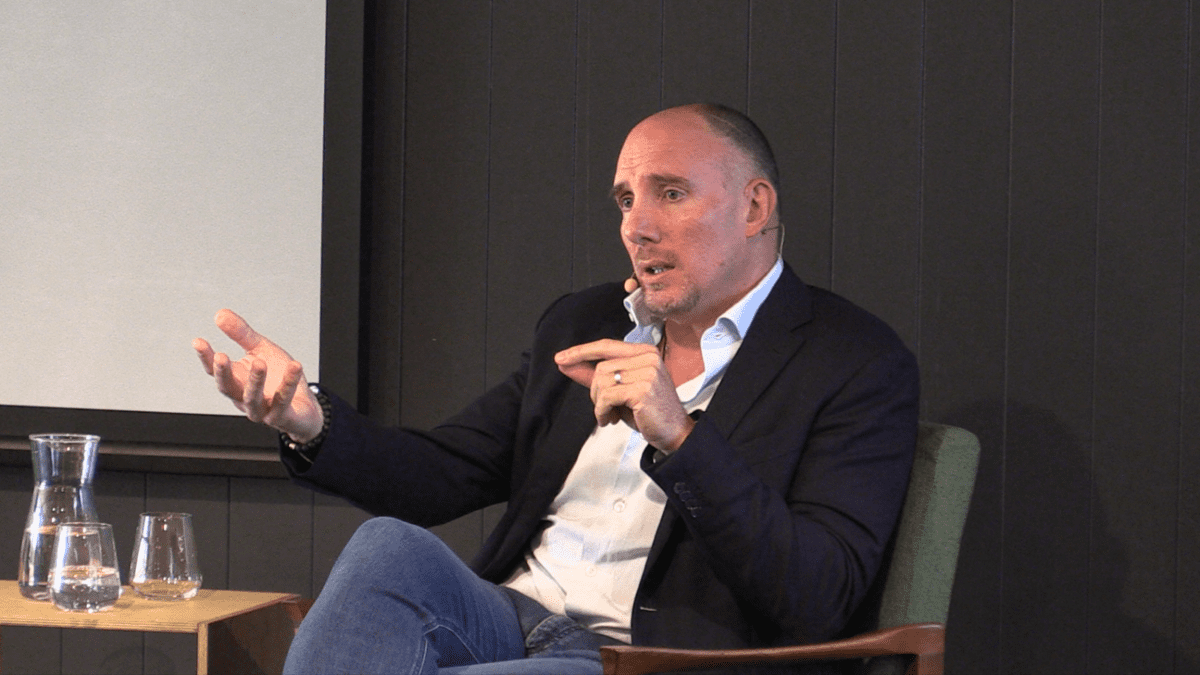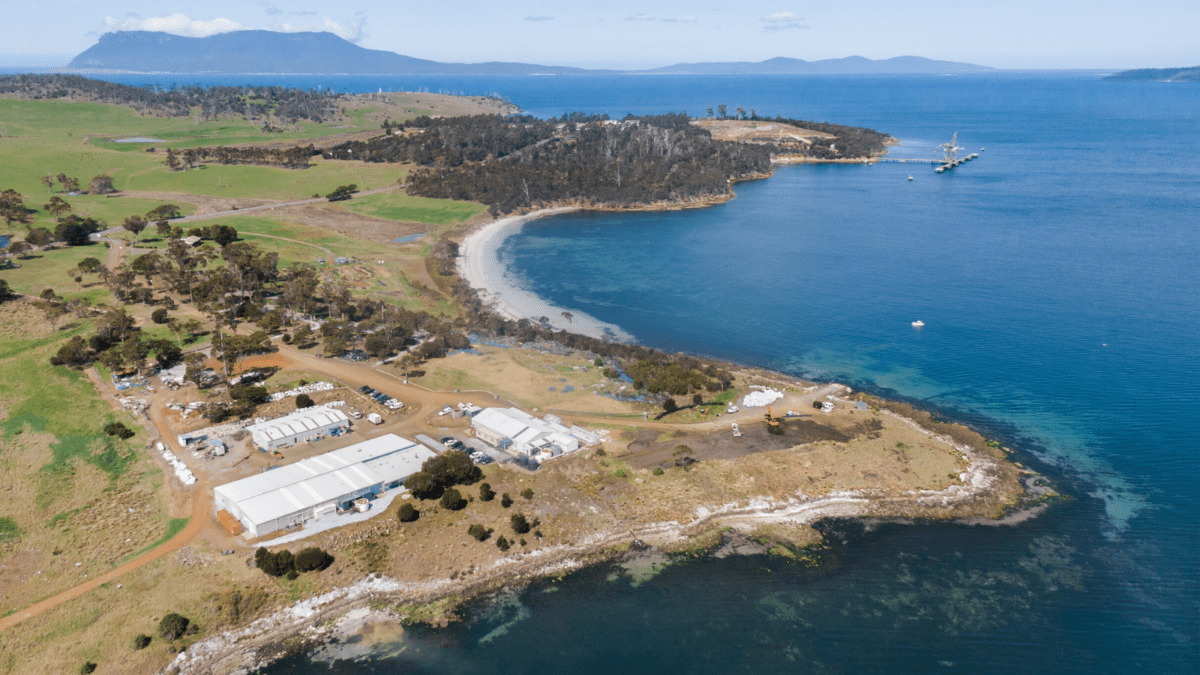‘Turning point’: Huge renewables growth forecast means big opportunity at home
The global energy crisis, sparked by Russia’s invasion of Ukraine, is prompting countries to sharply accelerate their transition plans as they attempt to reduce their fossil fuel dependency, according to “Renewables 2022,” the IEA’s latest annual report on the sector. Newly ramped-up climate commitments from big emitters like the US and China are also supporting increased renewables growth, with the agency now expecting global capacity to grow by 2,400 gigawatts between 2022 and 2027 – an amount equal to China’s entire current power capacity.
That expected growth represents a 30 per cent increase from the IEA’s forecast a year ago and the largest-ever upward revision of the renewables forecast, the agency noted.
“Renewables were already expanding quickly, but the global energy crisis has kicked them into an extraordinary new phase of even faster growth as countries seek to capitalise on their energy security benefits,” IEA executive director Fatih Birol (pictured) said. “This is a clear example of how the current energy crisis can be a historic turning point towards a cleaner and more secure energy system.”
Unprecedented growth
The report, which “forecasts the deployment of renewable energy technologies in electricity, transport and heat to 2027 while also exploring key challenges in the industry and identifying barriers to faster growth”, projected renewable power will account for more than 90 per cent of global electricity expansion over that period.
It noted that utility-scale solar and onshore wind are now the cheapest options for new electricity generation in “a significant majority of countries worldwide”, while global solar PV (photovoltaic) capacity is predicted to almost triple over the next five years, “surpassing coal and becoming the largest source of power capacity in the world”. Global wind capacity will almost double in that time, the agency said.
Two-thirds of predicted global growth in renewables stems from recent policies adopted in China, the US and India that would see all three double their renewable capacity expansion in the next five years, the IEA said, noting that China is set to install almost half of all new global renewable capacity in that time. The US Inflation Reduction Act, it said, is “providing unprecedented long-term policy visibility for wind and solar PV projects”.
The report predicts a sevenfold increase in solar PV manufacturing investment in India and the US over 2022-2027 compared with the last five years, reaching nearly US$25 billion in the next five years. However, China is forecast to invest US$90 billion over that time – more than three times the rest of the world’s expected combined investment.
And the IEA sees global renewable capacity dedicated to hydrogen production increasing a hundredfold in the next five years, creating crucial opportunities to decarbonise industry and transport.
“Renewables’ continued acceleration is critical to help keep the door open to limiting global warming to 1.5 degrees,” Birol said.
Room for opportunity
With investment in renewables poised for a step-change and coal’s role in global power generation on the decline, market participants say the changing energy landscape is already creating opportunities for Australian investors as companies respond to demand for renewables.
According to Will Baylis, portfolio manager at Martin Currie, certain sectors and businesses in Australia are particularly poised to benefit from the increased focus on renewable energy generation, infrastructure and consumption in the coming decade.
“While Australian companies have already moved well ahead of the government in trying to mitigate the medium- and long-terms risks from climate change, there is a big opportunity for Australian companies to participate in the growing demand for renewable energy,” Baylis told The Inside Investor.
“The Australian banks are essential to providing green finance opportunities to Australian companies to enable the carbon transition from fossil fuels to renewable energy,” he noted, adding that the big four domestic banks have all committed to phasing thermal coal out of their lending by 2030 and engaging with top emitters to accelerate the transition from fossil fuels.
Cameron Brownjohn, chief executive officer at Federation Asset Management, said Australia represents a “very large total addressable market, with the propensity for premium returns relative to other OECD nations and a lower risk profile on comparable global investments.” He noted that 30 gigawatts of baseload coal-fired power stations are coming offline to be replaced by 80 gigawatts or more of renewables, creating more than $150 billion worth of investable opportunity.
A key sector tipped to benefit from the transition to sustainable energy is infrastructure, which will require massive investment to enable continued renewables capacity growth. “Energy security is currently driving policy decisions, and a significant amount of infrastructure will need to be built for nations to obtain it,” said Nick Langley, portfolio manager at ClearBridge Investments.
“High gas prices and supply constraints brought on by the Russia-Ukraine war have highlighted the importance of energy security and energy investment,” he said. “This is supportive of energy infrastructure, particularly in Europe, where additional capacity is needed to supplant Russian oil and gas supply, and in the US, where new basins are starting up, in part to meet fresh demand from Europe.”
Blair Hannon, head of investment strategy at Global X Australia, noted that renewables are already making their mark in Australia, producing about a third of total energy output, and says knowing “how to play this ‘green’ theme” will be key for investors. “Energy independence and security may not be front-of-mind for Australian investors as our country has an abundance of natural coal and gas; however, the global policy shift towards net-zero by 2050 will inevitably play out on our shores,” Hannon said. “We have identified a number of options for Australian investors in this space, such as looking at the materials needed to build the renewable future.”










